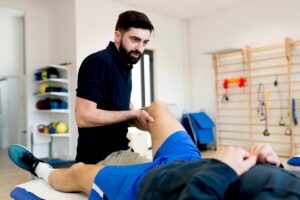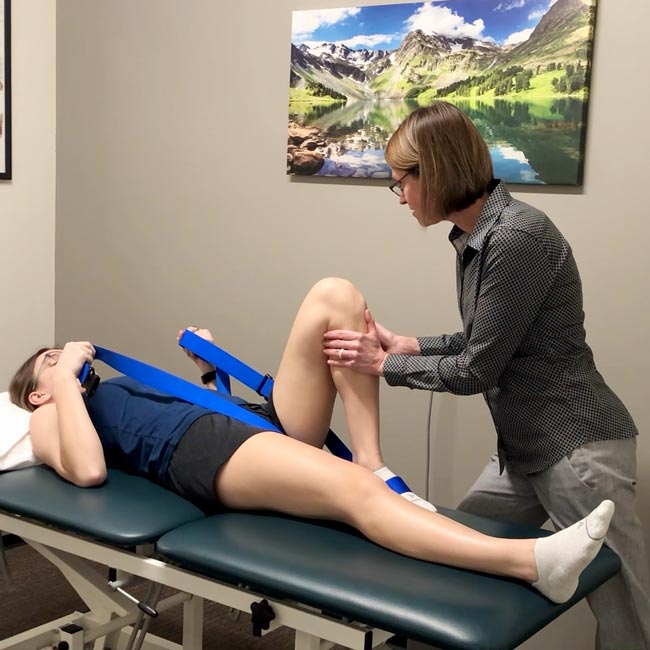Addressing knee pain
I’m sorry to hear of your knee problems and subsequent difficulties with recovery. Without doing an examination to better understand the contributing factors of your knee pain, I’m not able to comment at length on your specific condition. However, we can talk about some general principles of knee injuries and rehabilitation.
The role of an MRI in diagnosis
I certainly understand the frustration of being told nothing is wrong when you’re experiencing pain or having trouble walking. An MRI is intended to show structural disruption or abnormalities, so if there was nothing notable on them that’s a good sign! But, an MRI is not comprehensive as it is unable to show many things and doesn’t capture how your knee functions when you are moving. This is an important distinction as we can have healthy tissues and structurally sound joints that may show up as normal on an MRI, but due to potential musculoskeletal dysfunction when we move there may be irritation that doesn’t show up on an MRI.
The body’s self-healing capabilities
It’s also not uncommon for musculoskeletal issues to resolve after “waiting it out.” The body is good at healing if we allow it. Additionally, the body is good at figuring out how to move to avoid pain. When we avoid pain by compensating, we make ourselves vulnerable to further or additional injury, such as to the hip or the opposite knee.
 This would be an important piece of an evaluation made by a physical therapist: the degree to which the previous knee injury has resolved and if other structures around the knee are contributing to your current episode of pain.
This would be an important piece of an evaluation made by a physical therapist: the degree to which the previous knee injury has resolved and if other structures around the knee are contributing to your current episode of pain.
In the initial phase of rehabilitation, exercises are often simple to reduce inflammation, improve range of motion, and increase strength. After this initial phase, your PT will begin to guide you on more advanced strengthening and challenging tasks and progress toward more functional, full-body movement training.
Rehabilitation timelines
Another factor to consider with rehabilitation is that the longer problems persist, typically the longer they take to rehab. Your newest episode of knee pain has been present for long enough that I’d be concerned that it may not resolve passively as your other knee did, or that in doing so there may be disruption to other nearby joints. For the reasons I’ve mentioned, I’d recommended seeing a physical therapist for an in-person evaluation to best identify what is contributing to your knee pain and to work with you to create a plan of care that gets you walking and exercising again, pain-free!
I’d also recommend sharing as many details as possible about your previous PT experience during your evaluation, so your therapist is fully aware of your concerns and goals. Your physical therapy journey with Therapeutic Associates will be tailored to what your body needs, beginning with your first visit. Physical therapy is a collaborative endeavor and communication with your practitioner is important in your success with rehab. That is why our PTs are committed to shared decision making.

Got knee pain? Try PT!
As physical therapists, we know the importance of movement for overall health and well-being. From injury recovery to achieving optimal performance, our passion is to help every patient reach their goals and live an active, pain-free life.

